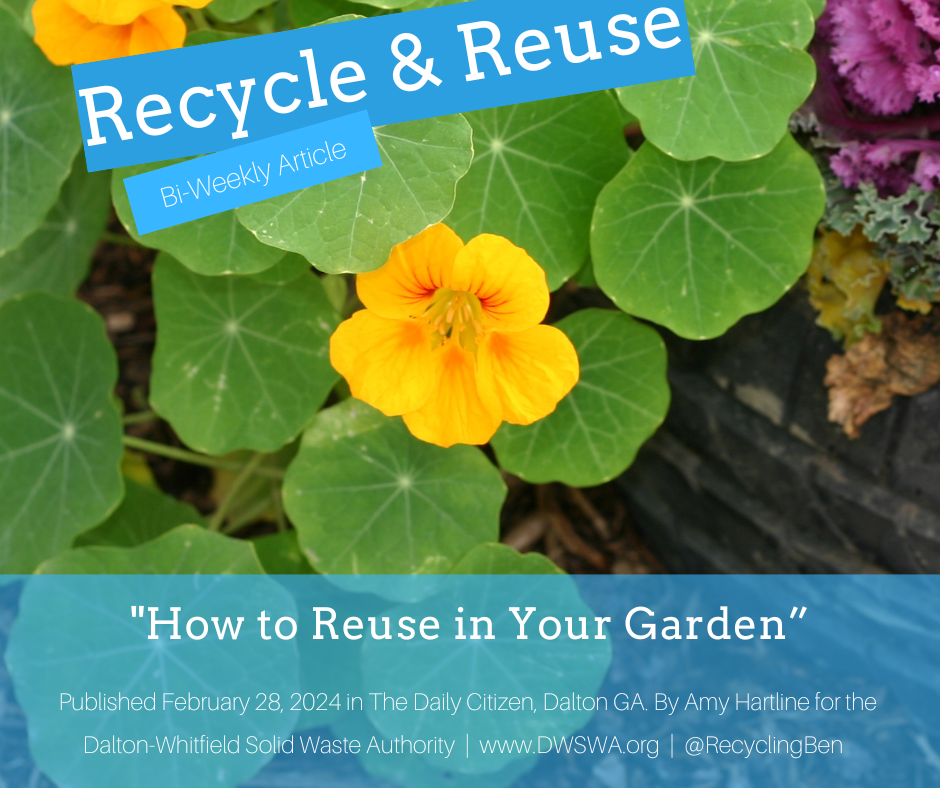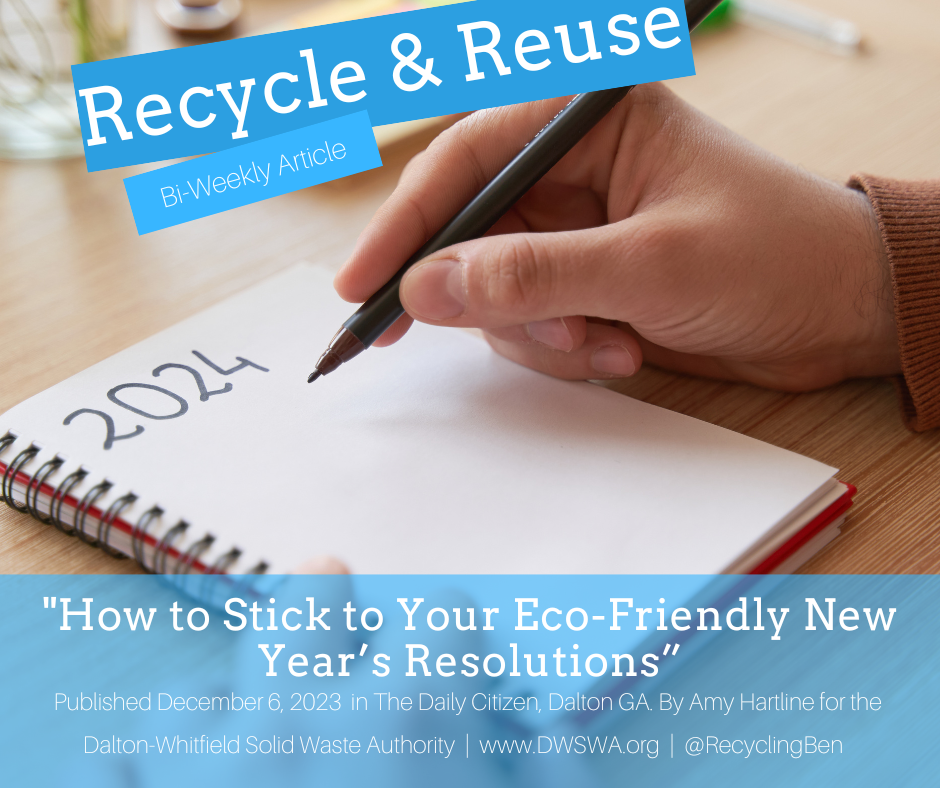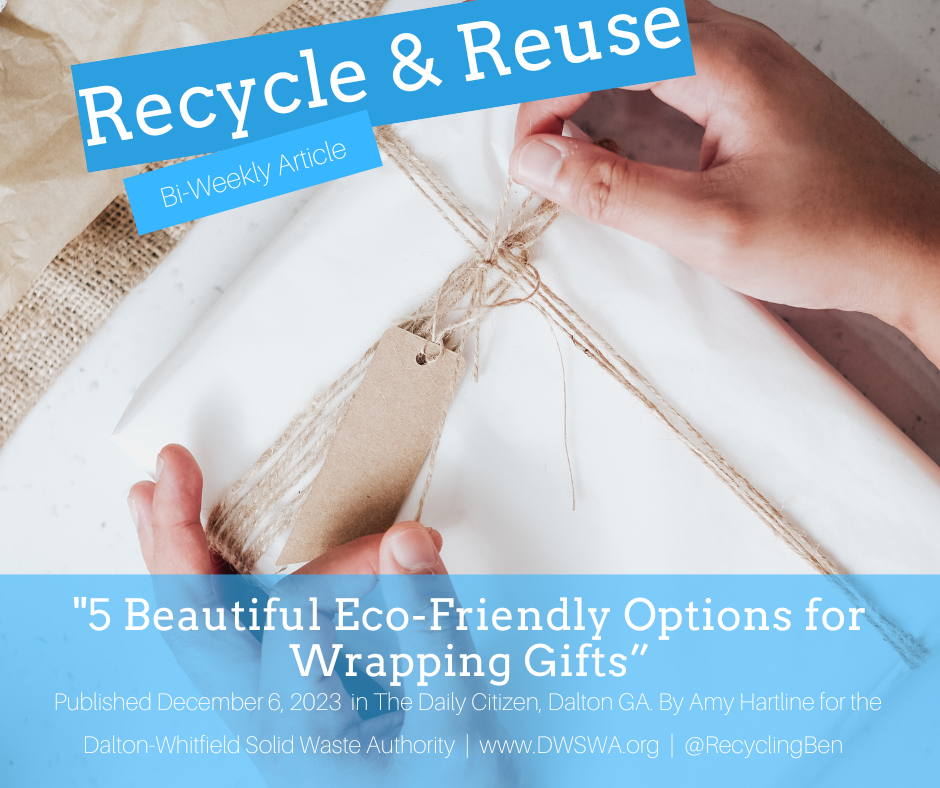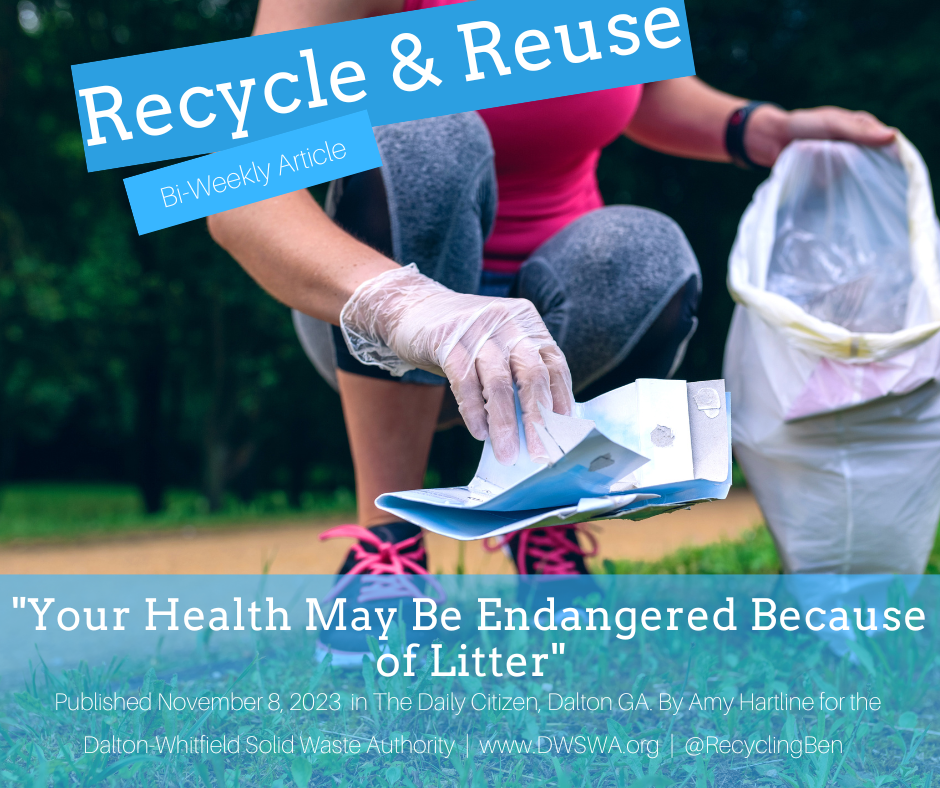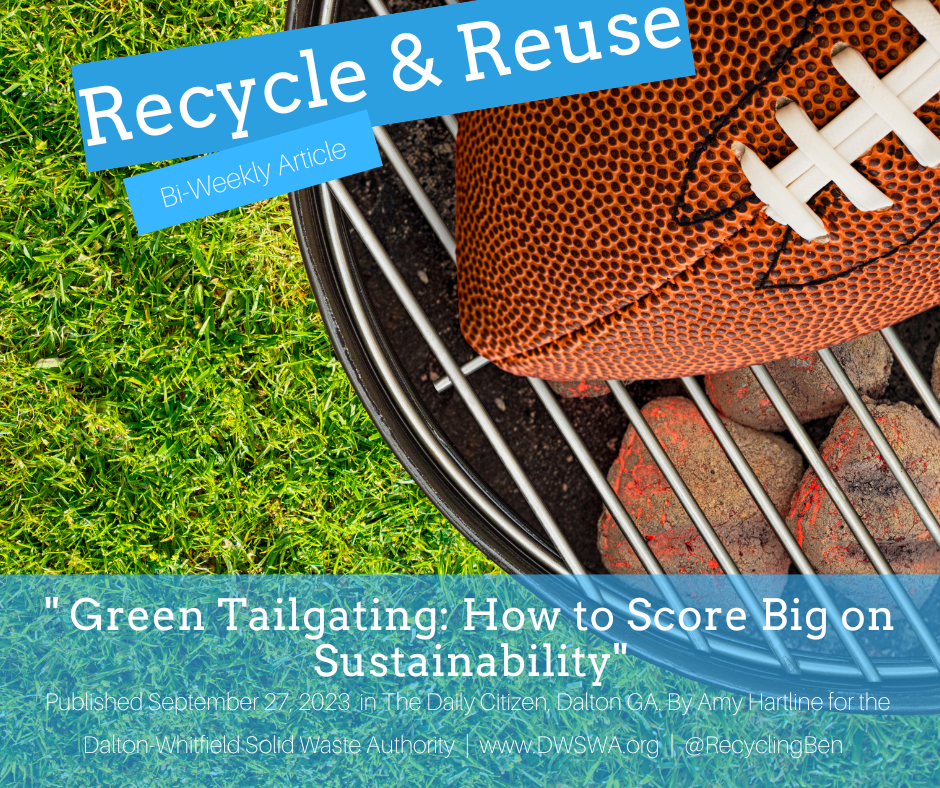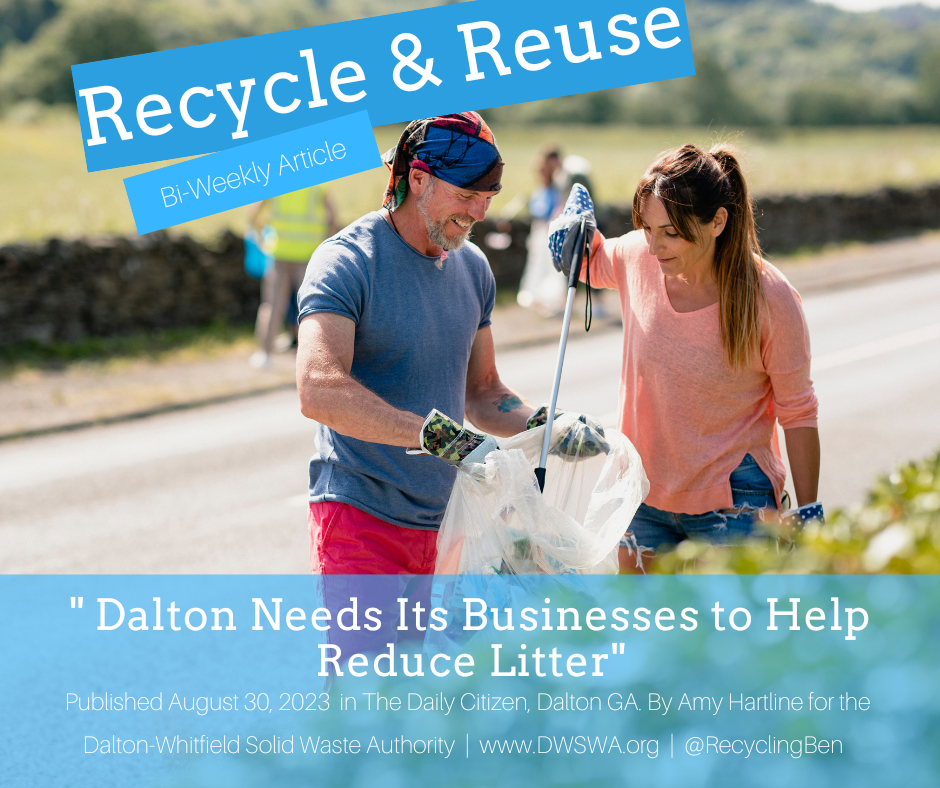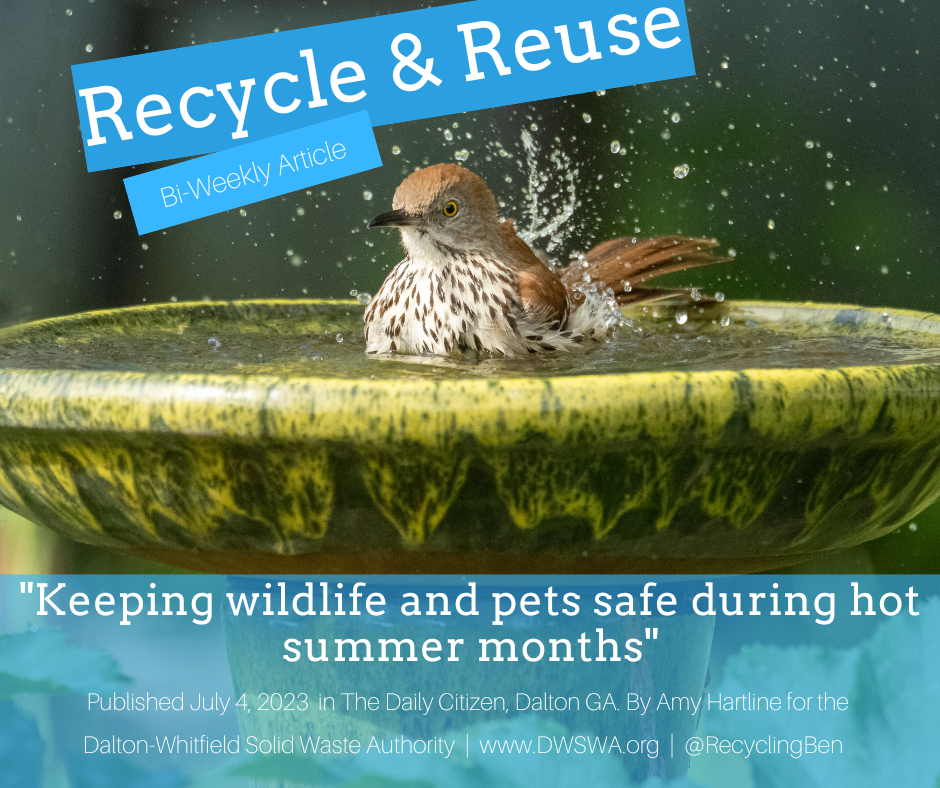May The 4th Be With You
/A clan of Jawas capture R2D2 with intentions of selling him for parts, or possibly recycling him. Star Wars provides several examples of how resources were recovered and reused.
Tomorrow, May 4, is Star Wars Day, the official holiday of the ever popular movie franchise leading us on epic adventures in a galaxy far, far away. You’ll probably hear someone greet you with, “May the fourth be with you” (as in “May the Force be with you.”) instead of a typical, mundane “hello”. If you’re a big fan you may be anxiously awaiting sales of Star Wars brand toys and merchandise, be planning to attend a special event in the area, or even hosting your own movie marathon with fellow fans.
Since 1977 creator George Lucas has sent us into a world filled with humanoid creatures, robots, spaceships, knights, royalty, clones, and more surrounded by a love story that has been described as an epic space opera. The complexity of the different planets represented in the films is astonishing. From Tatooine, Naboo, and Coruscant there is a depth of adventures, characters, and stories and draw from time and time again. Each one with it’s own unique ecological environment. I have to admit that I prefer the Star Wars universe over Star Trek because of the complex planetary eco-systems displayed in the films.
Each planet is inspired by something found on Earth, either something already here, or a projection into a future version of our planet. For example Coruscant, which for a time was the home of the Jedi Temple, Monument Plaza, and Senate Office Building, was a large metropolitan planet full of skyscrapers that had been built up over thousands of years. Ultimately the development destroyed the original mountains and oceans. Can you imagine the Earth being so overdeveloped that life would have to be sustained by artificial systems?
Another aspect of the films I like is seeing how waste and recycling is handled. I suppose it’s a quirk from working in the solid waste and recycling industry. Especially when I travel I can’t help but notice if there are any recycling or composting bins available, and if there’s a unique new product that is recyclable that I don’t know about yet. Garbage and recycling collection and transportation are unique to their area based on what local service providers can do. New York City for example, needs some of their waste transported by barge or rail.
One great example of how waste was managed in the Star Wars universe is the trash compactor scene in Star Wars Episode IV - A New Hope. Luke, Leia, Han, and Chewbacca jumped into a garbage chute in an attempt to escape capture on the Death Star. After being sorted by the chute sensors which identified the types of waste, they ended up in the compactor for recyclables like metal and armor. The recyclables in this scene were meant to be crushed and compacted, just like we do today when making bales out of materials like aluminum cans as part of the recycling process. Thankfully the heroes of this particular story did not get crushed when C-3PO managed to turn off all of the compactors just in time.
It’s not clear where the waste and recyclables of the Death Star ended up. In the case of aluminum cans the metal is re-used in the manufacture of new drink cans and other products like baseball bats and car parts. I imagine the metal from space would be melted down and remade into much needed spaceship parts, weapons, and armor.
Perhaps waste would be transported in a ship destined to the planet Lotho Minor, nicknamed Junk World. This particular planet was introduced in The Clone Wars series as a one of the galaxy’s dumping grounds. It’s described as being covered by enormous heaps of trash as tall as mountains which is incinerated by mechanical creatures called the fire-breathers.
Or perhaps the waste and recyclables from the Death Star ended up in the hands of the Jawa from the deserts of Tatooine who are distinguished by their brown robes and glowing yellow eyes. These small creatures deal in discarded scrap and wayward mechanicals, either reselling them or refurbishing them as they travel in their vehicles called sandcrawlers. In Star Wars Episode IV - A New Hope, R2D2 and C-3PO are purchased by Luke and his uncle from the Jawa.
As you celebrate Star Wars day this week take a moment to think about the unique planets, environments, and how waste was handled by each different group. Are there things we could do better on our home planet? Can the Force guide us to a better path for caring for our resources?


